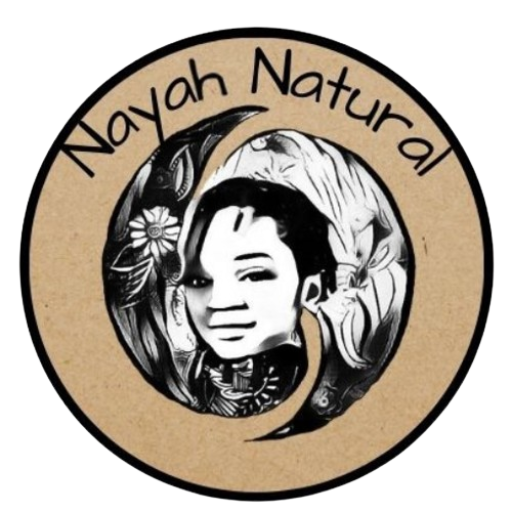Glossary of Chemicals
Glossary of Chemicals in Personal Care Products
Many people unknowingly purchase and use personal care products based on recommendations from friends or family. However, many of these products contain harmful chemicals that can pose significant risks to our health. It’s essential to be informed about the ingredients in the products we use daily.
To help you make safer choices, we’ve compiled a list of the most harmful chemicals still found in many personal care items on the market. Taking the time to review these ingredients is a proactive step toward protecting yourself and your loved ones.
When shopping for personal care products, always read the labels carefully to ensure that none of these harmful substances are included in your purchases. Empower yourself with knowledge and choose products that prioritize your health and well-being.
Glossary of Chemicals in Personal Care Products
- Parabens
Definition: A class of preservatives used to prevent the growth of harmful bacteria and mold in cosmetics. Parabens can mimic estrogen in the body, raising concerns about their potential link to hormone disruption and breast cancer. - Sodium Lauryl Sulfate (SLS)
Definition: A surfactant and foaming agent commonly used in shampoos and cleansers. SLS can cause skin irritation, eye damage, and allergic reactions in some individuals. - Phthalates
Definition: A group of chemicals used to soften plastics and as solvents in personal care products. Phthalates have been linked to reproductive issues, developmental problems, and endocrine disruption. - Formaldehyde
Definition: A colorless gas used as a preservative and disinfectant in some cosmetics. Exposure to formaldehyde can cause skin irritation and has been classified as a human carcinogen. - Fragrance (Parfum)
Definition: A blend of chemical compounds used to impart scent in products. Fragrances can trigger allergic reactions, respiratory issues, and skin sensitivities. - Triclosan
Definition: An antimicrobial agent found in some antibacterial soaps and personal care products. Triclosan may disrupt hormone regulation and contribute to antibiotic resistance. - Benzoyl Peroxide
Definition: An antibacterial agent used primarily in acne treatments. It can cause skin irritation, dryness, and allergic reactions in sensitive individuals. - Toluene
Definition: A solvent used in nail polish and some hair products. Toluene exposure can lead to headaches, dizziness, and long-term effects on the nervous system. - Coal Tar
Definition: A thick, dark liquid derived from coal used in some dandruff shampoos and psoriasis treatments. Coal tar can be a skin irritant and is a potential carcinogen. - Lead Acetate
Definition: A compound used in some hair coloring products. Lead exposure is linked to neurological issues, particularly in children, and can cause reproductive problems. - Aldehydes
Definition: Organic compounds used in fragrances and preservatives. Some aldehydes can be irritating to the skin and eyes and may have carcinogenic properties. - Hydroquinone
Definition: A skin-lightening agent used to reduce the appearance of dark spots. It can cause skin irritation and has been banned in some countries due to potential carcinogenic effects. - Ethylene Oxide
Definition: A chemical used in the production of antifreeze and as a sterilizing agent. Ethylene oxide exposure can cause irritation and has been linked to breast cancer. - Octinoxate
Definition: A common UV filter in sunscreens. Octinoxate has raised concerns due to its potential endocrine-disrupting effects and environmental impact on coral reefs. - Cocamidopropyl Betaine
Definition: A surfactant derived from coconut oil used in shampoos and body washes. It can cause skin irritation and allergic reactions in sensitive individuals. - Silicones (e.g., Dimethicone)
Definition: Synthetic compounds used for their smoothing and conditioning properties in hair and skin products. Some silicones can build up on hair and skin, leading to potential irritation. - Sodium Hydroxide
Definition: A strong alkaline compound used to adjust pH in products. Sodium hydroxide can cause burns and irritation on contact with skin or eyes. - Methylisothiazolinone (MIT)
Definition: A preservative used in cosmetics that can cause allergic reactions and has been linked to skin sensitization. - Lead
Definition: A heavy metal sometimes found in trace amounts in lipsticks and cosmetics. Lead exposure is harmful, particularly to children, and can cause neurological damage. - Synthetic Dyes (e.g., FD&C colors)
Definition: Colorants derived from petroleum used in various personal care products. Some synthetic dyes can cause allergic reactions and sensitivities in certain individuals.
Conclusion
Understanding these chemicals and their potential health implications can help consumers make informed choices about the personal care products they use. Awareness and careful labeling can empower individuals to select safer, healthier options for their personal care routines.
